Higher Education
Academia’s Missing Men
Men are disappearing from science and academia. The public perception is, however, exactly the opposite.

The voyage of discovery that science offers can take us furthest when it is open to the best and brightest, regardless of who they are and where they come from. Great scientific minds often emerge from unexpected backgrounds. Many scientific disciplines remained effectively closed to ethnic minorities and to women for far too long. But over the past 50 years at least, science has opened up and a host of affirmative action programs have been created to encourage women and minorities to consider careers in the field.
For some activists, however, these efforts have not gone far enough. In response, universities, industries, and research institutions have instituted a vast bureaucracy designed to promote Diversity, Equity, and Inclusion: a behemoth that is growing at a rate far exceeding that of investment in new faculty and facilities.
This has resulted in some disturbing new trends in academia and scientific institutions more broadly. In a desire to include women and minorities, white males are often excluded, and too often women and members of minority groups are tokenized by being promoted primarily for their gender or skin color.
This tokenism has affected the most prestigious institutions. It was a bone of a contention at this year’s Lindau Nobel Laureate meeting. Citing fellow laureate Christiane Nüsslein-Volhard, who has questioned the use of gender quotas in STEM and warned against “discrimination against men,” Nobel prizewinner Kurt Wüthrich commented that he felt discriminated against “in the climate that this meeting is being held.” He was particularly dismayed by the fact that the female laureates were placed in the front row of a group photo—an example, he felt, of insulting tokenism. “I would feel horrible if presented in this way,” he said. “It was ridiculous, fully ridiculous.” As a result of voicing these views, Wüthrich was accused of violating the meeting’s code of conduct.
That may have been a minor issue of optics, but his more general point is valid. Look at almost any online photo promoting science and you will find this kind of tokenism.
Here are several examples.
The first is from a recent article in Science, the official journal of the American Association for the Advancement of Science.
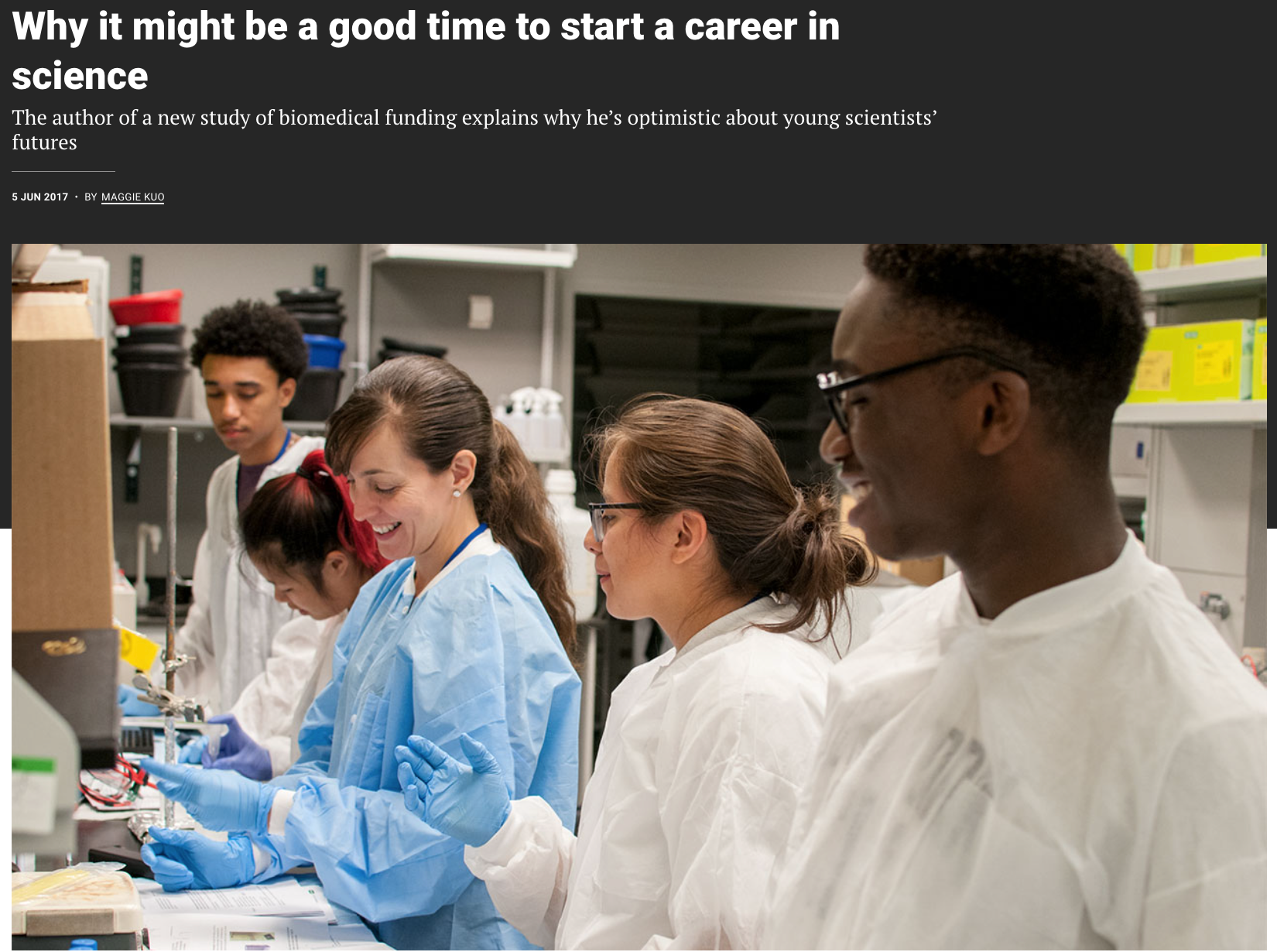
Scientific societies should encourage all young people to consider a career in scientific discovery. Science nevertheless seems to feel the need to present a patronizing advertising image, featuring three women and two men of color.
In an email encouraging young people to embark on scientific careers, the American Physical Society presents an image of five women and a black man. The omissions—presumably done in the name of diversity—are obvious and embarrassing.

In advertisements for their annual general meeting, which attracts over 10,000 scientists from all over the world, the APS shows three women and one male of color.

For hundreds of years, white men in lab coats were presented as the face of science. It is time to change that picture. But we should do without losing touch with reality or becoming overtly patronizing.
This trend of prioritizing women and minorities is not restricted to advertising and public relations but is affecting faculty appointments at every level.

Let’s start at the top. Six of the eight Ivy League universities—Harvard, Brown, Penn, Cornell, Dartmouth, and Columbia—now have female presidents, as do UC Berkeley and MIT.
MIT is a particularly striking case. Despite comprising many traditionally male-dominated STEM disciplines, its upper management team is largely female. The head of the MIT Corporation, the President, the Director of Research, the Provost, the Chancellor, and the Dean of Science are all women. The Institute’s core discipline, the School of Engineering, consists of eight departments, five of which are led by women. This is clearly not a coincidence, nor is it likely, given the demographics of the place, that this is simply the result of choosing the best people for those jobs. Were the situation reversed—if most of the faculty were female, but the leading administrators were all male—there would be an outcry.
It is still the case that most full professors, in most STEM disciplines, are male. But the reasons for this are often misunderstood. It generally takes decades to attain this rank, and many full professors have been in their current positions for over 30 years. Even if the hiring system were now biased in favor of women, they would not yet have achieved parity at the senior level.
And the hiring system may well be biased. Thanks to the Diversity, Equity, and Inclusion infrastructure that dominates almost every major US university today, affirmative action initiatives have affected the hiring of junior faculty across the board.
It is difficult to obtain national statistics on this, but in 2015, before DEI initiatives reached current heights, a study published in the Proceedings of the National Academy of Sciences revealed a two to one preference for female candidates for tenure track positions in STEM.
New faculty announcements suggest a similar bias. For example, in 2021, UCLA announced the following new appointments in the physical sciences: Abigail Doyle (Chemistry and Biochemistry), Alvine Kamaha (Physics and Astronomy), Courtney Shelly (Statistics/Mathematics), Qianhui Shi (Physics and Astronomy), and Hong Wang (Mathematics). It did not appoint any new male faculty. Similar examples abound.
We can detect comparable trends further up the tenure ladder, too. For example, MIT has just announced the election of six new Fellows to the American Physical Society. This represents a significant career milestone for the successful candidates. I was happy to see that they include my well-deserving former graduate student, Hong Liu, but that aside, the trend seems clear.

Affirmative action is not the only explanation for the increasing paucity of white males in such positions. The American Physical Society offers a plethora of programs designed to assist pre-tenure female (and sometimes male minority) faculty in physics. There are conferences, leadership programs, internships, grants, workshops, networks, site visits, guidelines, scholarships, fellowships, and prizes. There are no similar programs for young white male scientists, although many of them face similar career challenges.
In US academia in general, women now receive more doctoral degrees than men.

Women also occupy most faculty positions in post-secondary institutions.

While it is heartening that the climate for women in academia has been improving, these figures suggest that the laser focus on recruiting, retaining, spotlighting, and promoting women in STEM may have become superfluous.
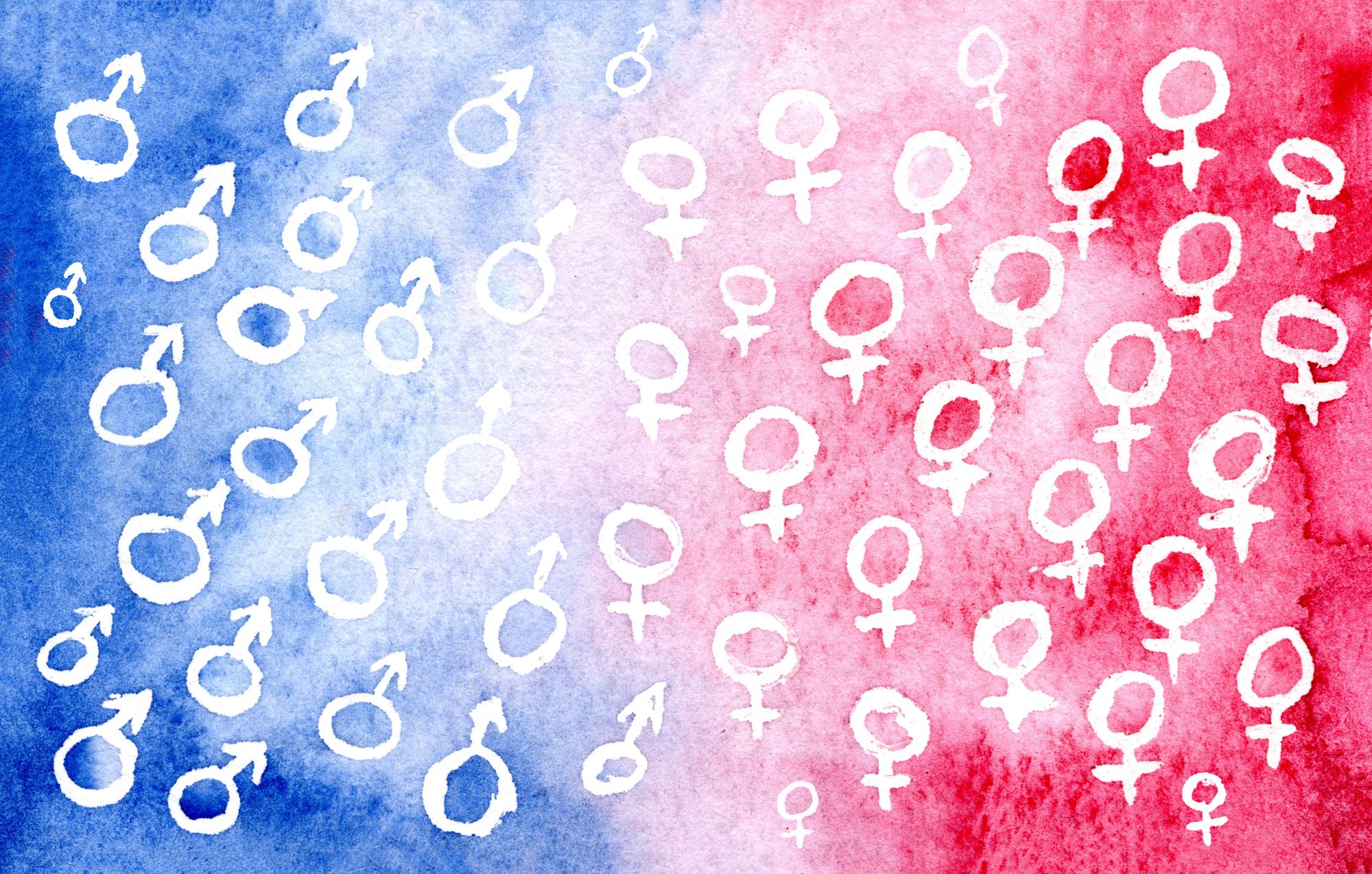
As April Bleske-Rechek and Michael Bernstein have shown, while men still occupy three quarters of STEM positions (despite the fact that the percentage of women in STEM has more than doubled since 1980), the situation is precisely reversed in the fields of health, education, administration, and literacy. While massive efforts are underway to correct the imbalance between men and women in STEM, there have been no concomitant efforts to increase the numbers of men in female-dominated professions. People do not seem to perceive the latter imbalance as a problem. In a recent survey of over 800 recent college students, Bleske-Rechek and Bernstein found that the students were overwhelmingly more concerned about male overrepresentation in certain high status professional positions than about female overrepresentation in others.
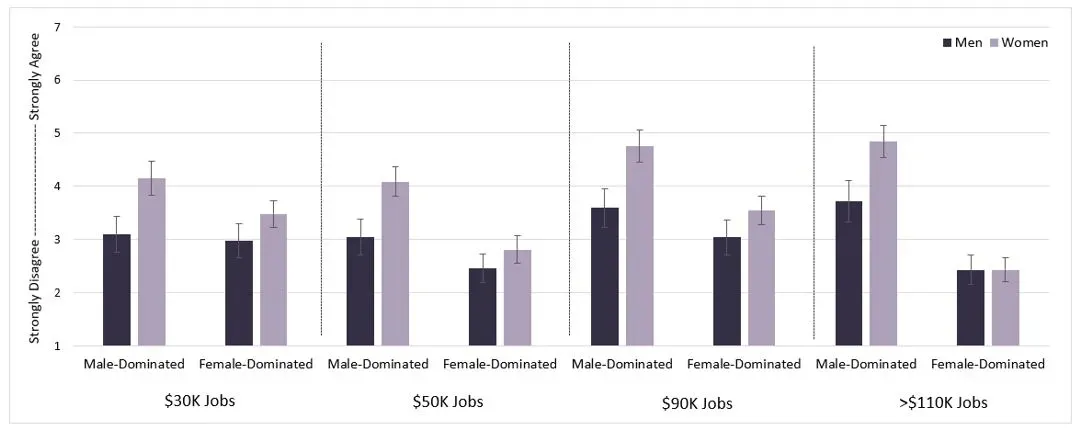
This was the case even though the female-dominated disciplines were not considered lower status than the male-dominated ones.
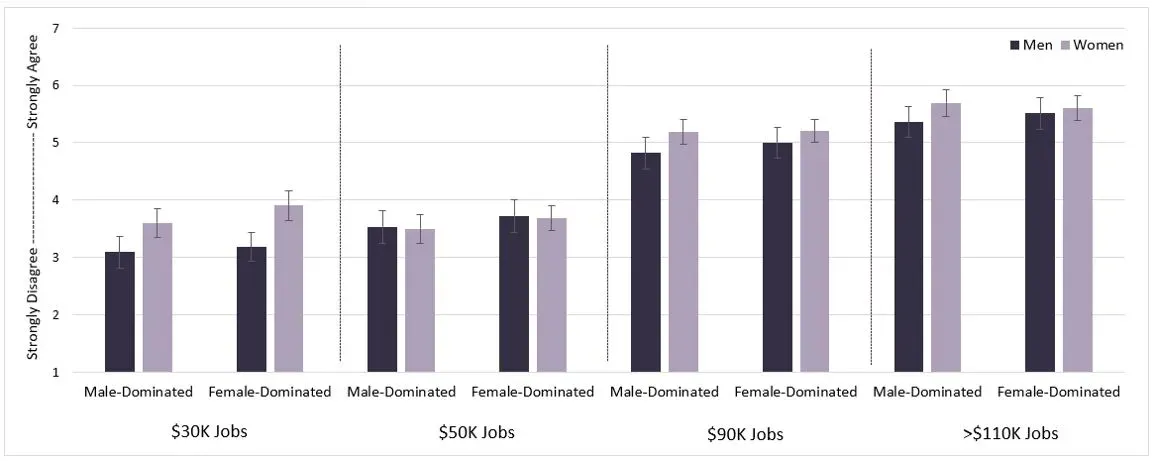
Other data in the study suggest that gender gaps in male-dominated disciplines are significantly more likely to be attributed to sexism or discrimination than they are in female-dominated disciplines.
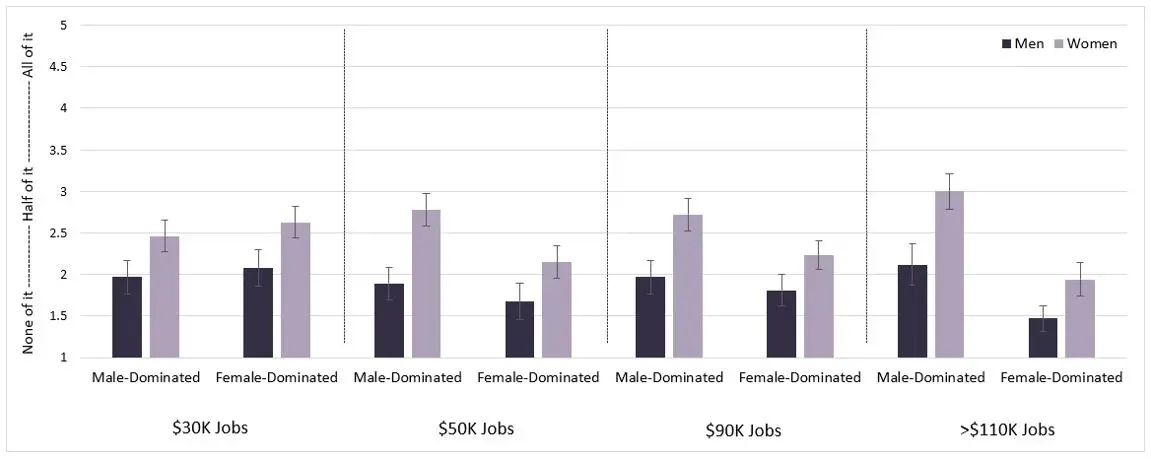
These results align with recent work by Matt Grawitch et al., summarized here. Grawitch and his colleagues found that both male and female respondents were more likely to judge that an interaction between a banker and a client had been sexist when the banker was male and the client female than the reverse. We are far more likely to attribute sexism to disparities that favor men than disparities that favor women.

The impression that universities are primarily concerned with hiring, supporting, and promoting women may be contributing to the fact that, at entry levels, young men are leaving higher education in their droves.
We can see the results of this in the California State universities: the undergraduate student body at Cal State Los Angeles is 59 percent female, and 67 percent of its graduate students are female; Sonoma State is 63 percent female; San Diego State is 57 percent female; Humboldt State is 58 percent female; Cal State East Bay is 61 percent female. Nationwide, around 60 percent of students are female. And the gender gap is growing. Recent data show a significant downward trend in male college enrollments, which has coincided with the increasing prevalence of DEI programs.
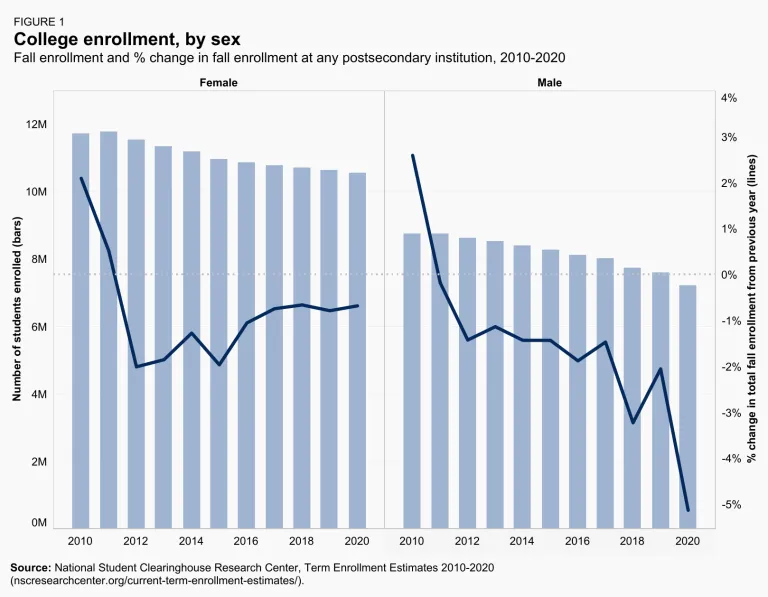
The reduction in male undergraduate numbers is partly caused by the fact that young women are graduating from high school in higher numbers than their male counterparts. In fact, women now graduate at higher rates than men at all educational levels.

Similar trends are emerging at pre-university level. Consider this announcement of the finalists and winners of the 3M Young Scientist Challenge.

It is no surprise to see a high prevalence of Indian and Chinese students among this group, as East and South Asians have been outperforming white students for some time. What is perhaps more surprising is that the finalists included only one young Caucasian male.
Perhaps this is partly due to way such programs recruit applicants. Consider this advertisement for the Regeneron Science Talent Search.

Is the nearly complete absence of white males in these images the result of a decision to highlight women and minorities—or are fewer white men getting involved in such programs than ever before?
We may be moving towards a future in which women will be significantly better educated than men and will occupy far more of the jobs that require professional qualifications and skills. The societal impacts of this are unknown.
We must continue to ensure that higher education and scientific training remain open to people from all demographics. But we should not encourage diversity at the cost of driving away talented people. Our fixation on raising the profile of women and minorities in science by minimizing the role and status of men in general, and white men in particular, is misplaced.
After more than 40 years of intense affirmative action efforts, it may be time to take our thumbs off the scale and let a natural balance emerge. Young males—and white males in particular—should not be discouraged from pursuing higher education in science, or from engaging in any other field of intellectual activity.






